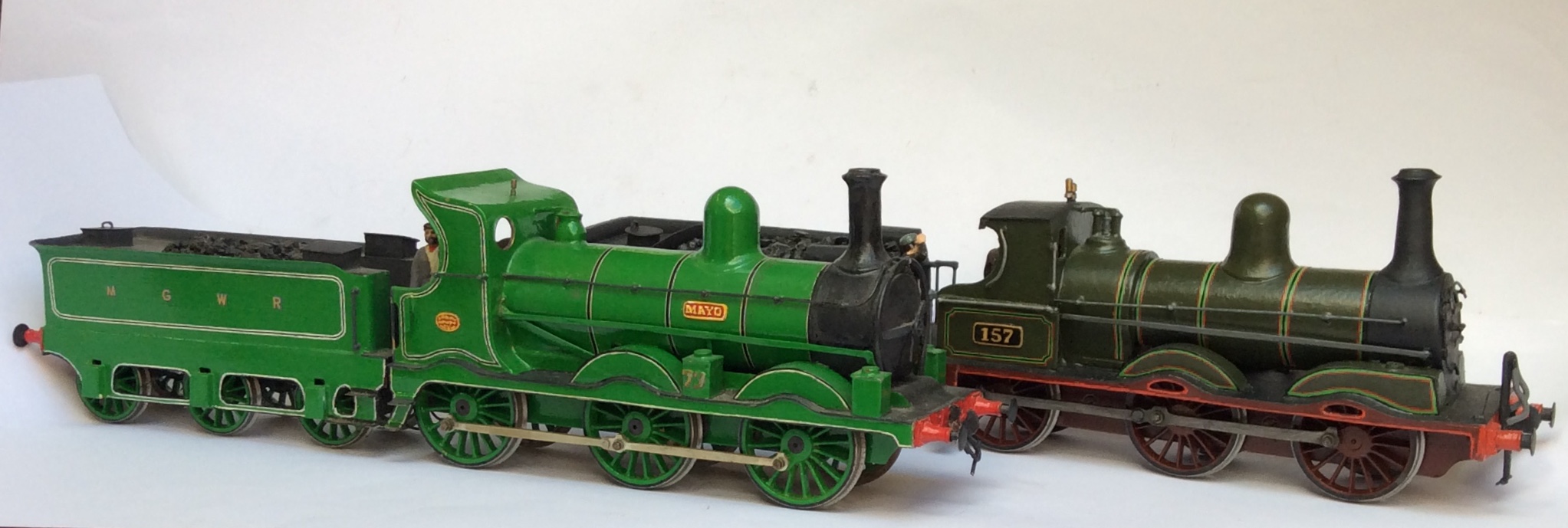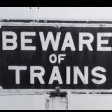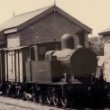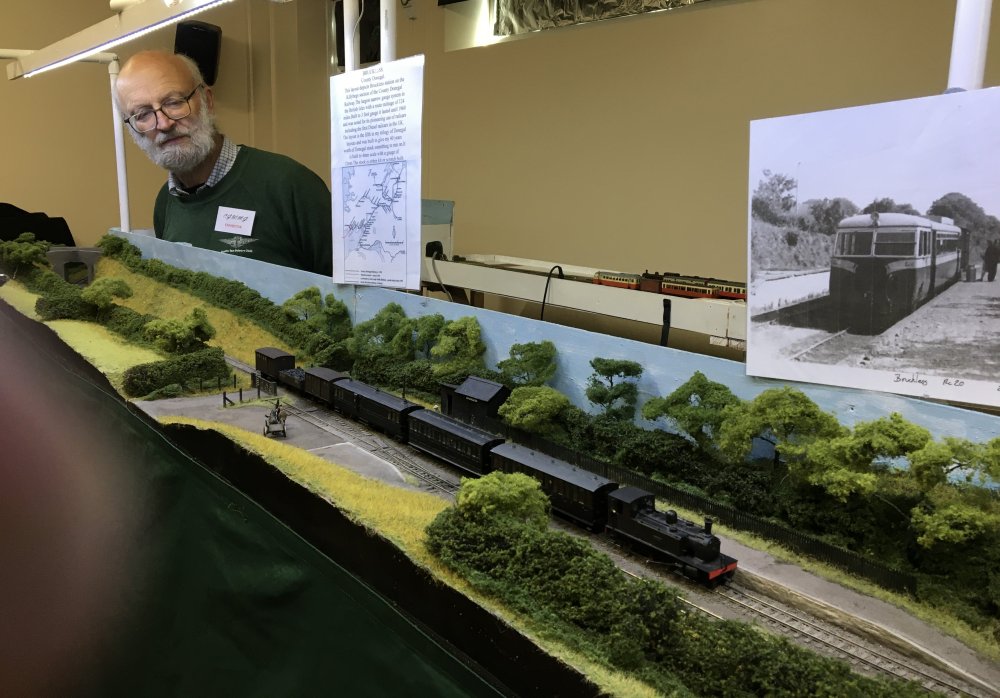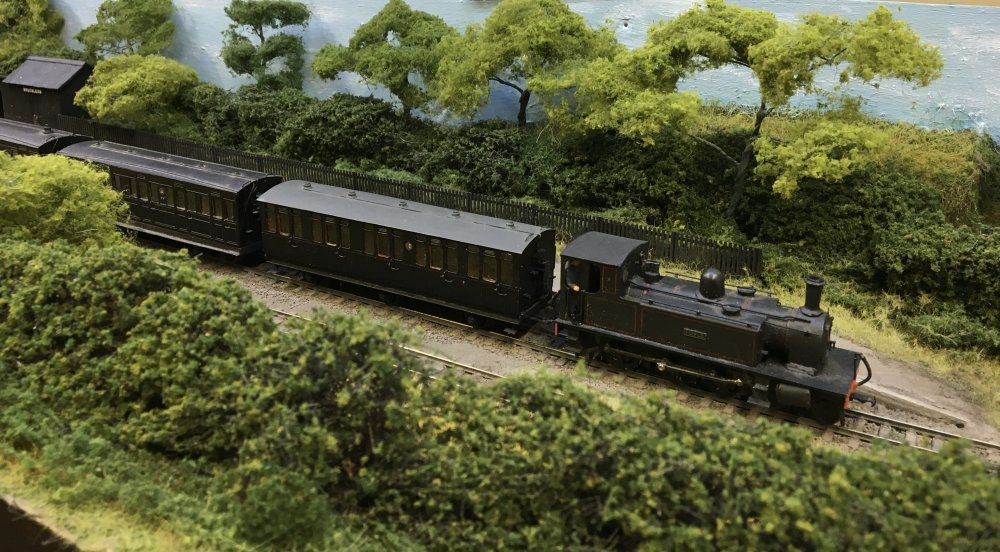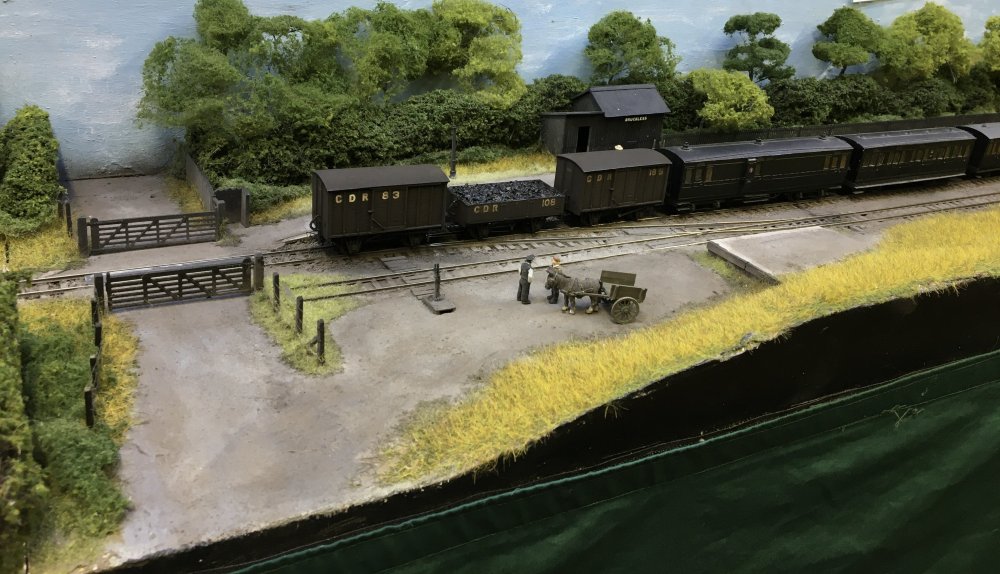-
Posts
323 -
Joined
-
Last visited
-
Days Won
2
Northroader last won the day on June 4 2022
Northroader had the most liked content!
Personal Information
-
Location
Cheltenham Spa
Converted
-
Biography
Retired BR
Converted
-
Interests
Modelling, running four threads over on RMweb.
Recent Profile Visitors
2,894 profile views
Northroader's Achievements
-
Just thinking about things last night, I struck me some folks might be interested in travellers tales, getting to Ireland back over seventy years ago. It was a tale I did over on the RMweb thread, before they had the great picture crash, I’m sorry to say. It’s what started me off with a real liking for the place. https://www.rmweb.co.uk/forums/topic/107190-“washbourne-plus-deepfield”/page/60/#comment-4380728
-
The Lancashire and Yorkshire did a similar thing, converting coaches into aeroplane vans. It would appear that side doors were secured, windows blanked off, all interior items such as seats and partitions removed, and full width end doors fitted. This would turn it into a Covered Carriage Truck, but a bit longer. You could then end load items such as wings or fuselages, possibly in a supporting framework, which could be taken out and bolted toghether. https://www.lyrs.org.uk/images/uploads/Modelling_-_Aeroplane_Van_in_7mm_scale_-_Magazine_257.pdf
-
Ahh.. the old bangers. They were about 3-4” length of guncotton, a soft fabric cord impregnated with gunpowder, put in a thick cardboard tube, the whole lot no more than an half inch diameter, and say four inches long. They could still pack quite a punch, best illustrated if you put one in the top hole for the wire of one of the reinforced concrete fence posts. You could blow the whole top off the post, leaving the reinforcing rods splayed out like a banana skin.
-
When we were kids, you could buy calcium carbide at the chemists, a sort of soft brown crumbly substance. Bike lamps used to use it. Put it in with some water, and the acetylene gas would come fizzing out. I think doing it on a coach would be a bit of coming in fits and starts, quite how they would get a steady flow at even pressure would be problematic. Then you have to clean the black goo out of the container before recharge. How did we use it? (Forgive me, father) you could get a glass screw top bottle, half fill it with water, drop a lump or two of carbide in it, then screw the cap down, put it on top of a wall, and run away. (We forgot Mrs. Pearce’s washing was out….)
-
Lovely day today, so a short bus hop to the local modelling clubs show. (Cheltenham) The real treat was Andy Cundick was there, with one of his layouts. This one is CDRJC, based on Bruckless on the Killybegs section, a big oval with staging sidings at the back, and a simple station with just a siding in front. Scale 4mm/ft, gauge 12mm.
- 149 replies
-
- 16
-

-

-
To me East Lynn was just too big, though perfect modelling. Trowland to me is everything a model of a branch terminus should be. http://www.s-scale.org.uk/gallery27.htm
-
I found screwing aluminium angle to chipboard (in my case) that one material wants to expand and contract and the other doesn’t, so you end up with concave or convex banana sort of pieces, although with yours being fairly short it shouldn’t be too bad.
-
I took the shell off a snail to get it to go faster, but it just made it more sluggish.
-
Small and simple and a Mills building, by the look, sounds alright to me.
-
Ticks all the boxes.
-
If you’re after ideas for a small industrial layout, you can do something boxfile size, which keep costs right down, trackwork and rolling stock, but give you some operating fun, until you want to upsize, or maybe build another. Useful ideas in here: https://micromodelrailwaydispatch.com A good example by a fine modeller on this site:
-
Well, thank you for that, such a long time ago now. Me, expurgated in a model book! It did go quite well, I suppose the weak link was the sector table, my attempt to save space on the runaround. They could be found in real railway usage, in practice I found the sliding end made it very stiff to move with a loco sitting on top. The other drawback was really you needed to line the table up with whichever road you were shunting on, or sooner or later you’d get a wagon down in the pit. I moved on to a traverser table, three roads on the table which slid under the platform on one side or the other, so the pit was always covered. The table being mounted on a couple of drawer runners facing upwards, the ball runners making for a really smooth operation. The whole lot had.quite tidy, believable look. These days I seem to moved towards “off stage” runrounds, even shorter layouts.
-
OK, give me a bit of time to fix some wiring in, and you’re on. No DCC here, mind, we’re Primitive Fundamentalists.
-
Hours running, five minutes shunting, (and that’s it) and an hour back. Good use of your time? Still ,you’re quite welcome, it’s all in a state of flux at present. (It always is, though) Do you ever get to the place in Gloucester? Maybe call by then.
.png.c363cdf5c3fb7955cd92a55eb6dbbae0.png)
